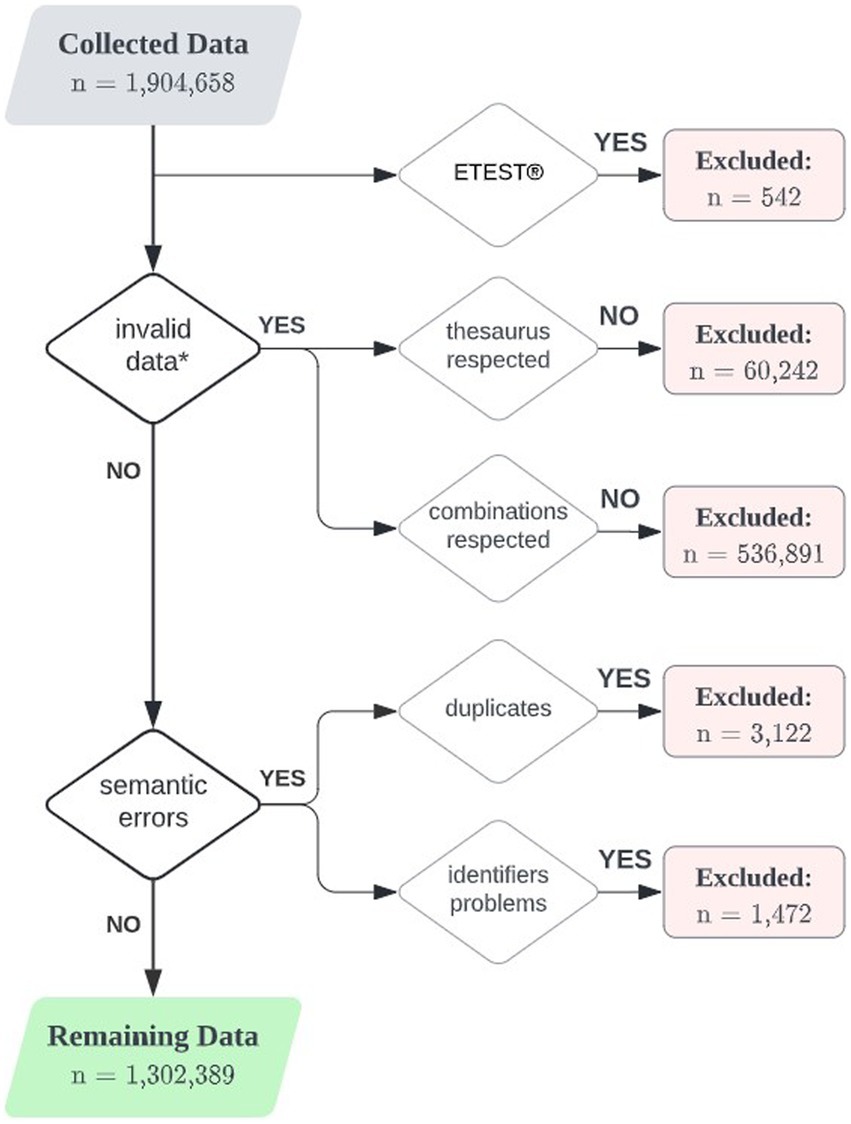Crafting Smartphone Engagements that Engage Individuals

2025-03-31 14:10
13
0
본문
Creating mobile engagements that truly engage customers requires a thorough understanding of their aspirations, actions, and drives. As mobile devices have become an integral part of our daily lives, it's vital for app developers and designers to create engaging engagements that not only meet but also surpass user predictions.
One of the primary causes why individuals engage with mobile applications is because they provide a sense of instant happiness. To leverage this mood, designers should focus on creating easy-to-use platforms that allow individuals to quickly navigate through the app and access the information they need without any hassle.
Clean and organized design elements such as clear font, few symbols and beautifully-organized navigation can significantly enhance the user feeling.
Another that influences engagement is personalization. When an app offers tailored features and services that cater particularly to a user's interests and technology first follower vs research likes/dislikes, it creates a sense of touch and loyalty.
Software developers can utilize machine learning processes, user information and psychological knowledge to deliver a customized feeling that adjusts to the user's wants over time.
Incentivization is another powerful tool for boosting user activation in mobile applications. By integrating game-like elements such as prizes, missions and awards, developers can create an engaging and engaging sensation that motivates users to join in and remain invested in the app.
On the other hand, caution must be taken to ensure that these elements are used sensibly and in proportion, as excessive motivation can be overwhelmingly and counterproductive.
Feedback and real-time updates play a essential role in mobile activation as well. Customers want to feel informed and up-to-date about their progress, experience and the universe around them.
Via incorporating components such as urgent notifications, in-app alerts, and interactive graphics, app developers can provide users with relevant and pertinent information that keeps them responsive and motivated.
In conclusion, creatives should prioritize user comments and refine on their layouts based on real-world feedback.
By continuously monitoring user behavior, gathering insights through interviews and analyzing data intelligence, developers can refine their layouts and recognize areas for upgrade.
 Via conclusion, developing engaging mobile experiences requires a complete understanding of user wants, mannerisms, and goals. By focusing on user-friendly layouts, tailoring, motivation, reviews and iteration, software developers and creatives can create responsive experiences that meet and exceed user hopes, drive retention and commitment, and foster long-term success.
Via conclusion, developing engaging mobile experiences requires a complete understanding of user wants, mannerisms, and goals. By focusing on user-friendly layouts, tailoring, motivation, reviews and iteration, software developers and creatives can create responsive experiences that meet and exceed user hopes, drive retention and commitment, and foster long-term success.
One of the primary causes why individuals engage with mobile applications is because they provide a sense of instant happiness. To leverage this mood, designers should focus on creating easy-to-use platforms that allow individuals to quickly navigate through the app and access the information they need without any hassle.
Clean and organized design elements such as clear font, few symbols and beautifully-organized navigation can significantly enhance the user feeling.
Another that influences engagement is personalization. When an app offers tailored features and services that cater particularly to a user's interests and technology first follower vs research likes/dislikes, it creates a sense of touch and loyalty.
Software developers can utilize machine learning processes, user information and psychological knowledge to deliver a customized feeling that adjusts to the user's wants over time.
Incentivization is another powerful tool for boosting user activation in mobile applications. By integrating game-like elements such as prizes, missions and awards, developers can create an engaging and engaging sensation that motivates users to join in and remain invested in the app.
On the other hand, caution must be taken to ensure that these elements are used sensibly and in proportion, as excessive motivation can be overwhelmingly and counterproductive.
Feedback and real-time updates play a essential role in mobile activation as well. Customers want to feel informed and up-to-date about their progress, experience and the universe around them.
Via incorporating components such as urgent notifications, in-app alerts, and interactive graphics, app developers can provide users with relevant and pertinent information that keeps them responsive and motivated.
In conclusion, creatives should prioritize user comments and refine on their layouts based on real-world feedback.
By continuously monitoring user behavior, gathering insights through interviews and analyzing data intelligence, developers can refine their layouts and recognize areas for upgrade.
 Via conclusion, developing engaging mobile experiences requires a complete understanding of user wants, mannerisms, and goals. By focusing on user-friendly layouts, tailoring, motivation, reviews and iteration, software developers and creatives can create responsive experiences that meet and exceed user hopes, drive retention and commitment, and foster long-term success.
Via conclusion, developing engaging mobile experiences requires a complete understanding of user wants, mannerisms, and goals. By focusing on user-friendly layouts, tailoring, motivation, reviews and iteration, software developers and creatives can create responsive experiences that meet and exceed user hopes, drive retention and commitment, and foster long-term success.
댓글목록0
댓글 포인트 안내